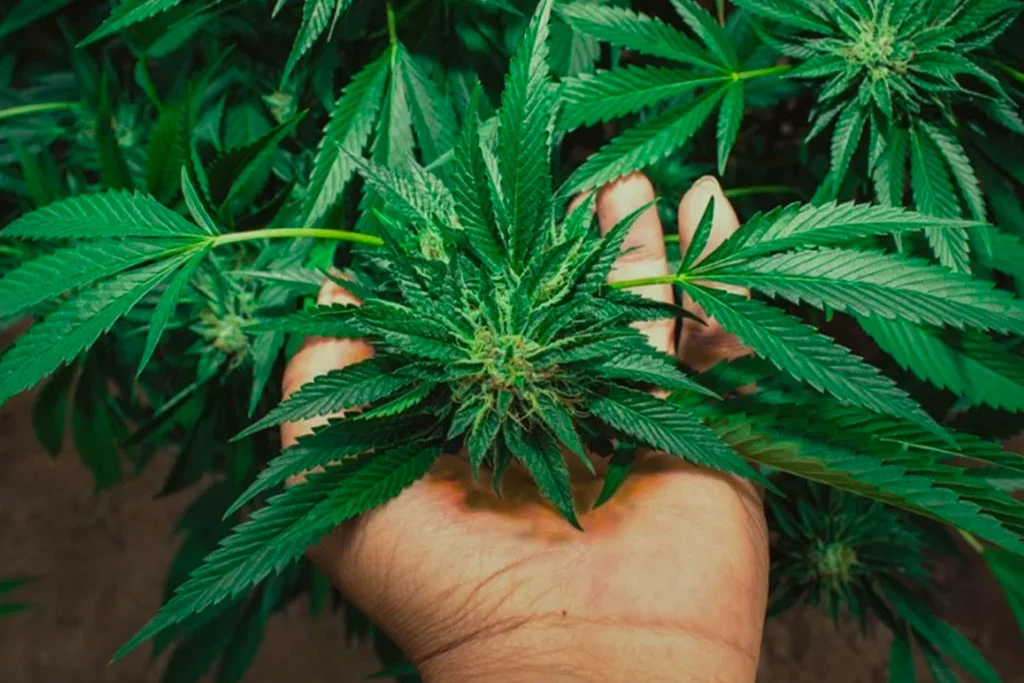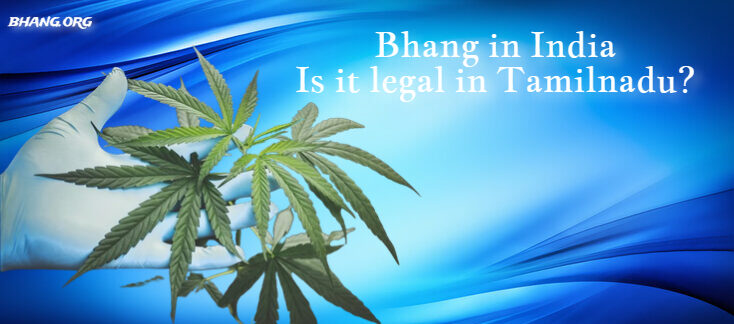
The History of Bhang: India’s Consumable Cannabis Drink
During Holi, the annual Hindu festival of colors celebrated in India, a beverage called thandai, meaning “cooling off,” becomes a highlight. Depending on the location, this traditional milky drink might include hints of bhang, an edible cannabis native to India.
So, what exactly is bhang? It’s a paste with an avocado-green hue, crafted from the fresh leaves, flowers, and stems of the cannabis plant. These components are soaked, ground, and then mixed with whole milk or yogurt to create a shake. The legal status of cannabis in India varies; while it’s permissible in some states, it’s restricted in others. However, in many places, government-operated stores with bold scarlet signs reading “Bhang Shop” are a common sight.
Cannabis cultivation has been intertwined with Indian cuisine and culture since ancient times, dating back to the Vedas, which are early scriptures from around 1500 BC and beyond. According to Indian archaeologist and culinary anthropologist Kurush Dalal, cannabis indica, the variety used for bhang, has been indigenous to the subcontinent for over 3,000 years.
During this time of year, bhang holds significant cultural importance for Indians, particularly during Holi.Holi is connected to several Hindu deities, including Krishna, Radha, and Vishnu, while the narrative of bhang is particularly intertwined with the tale of Shiva. Legend has it that during the “churning of the ocean of milk” (samudra manthan), an endeavor by Hindu gods to obtain the elixir of immortality (amrit), cannabis grew wherever droplets of this elixir fell on the earth. Another narrative suggests that this churning resulted in the creation of a poison that Lord Shiva was called upon to drink. His consort Parvati offered him bhang to alleviate the pain. Additionally, on the day of Holi, the god of love—Kamadeva—allegedly shot an arrow at Shiva, disrupting his meditation. Given these associations, cannabis is used in Shiva worship by certain schools of Shaivism, and since Holi is connected to him, it’s a day to partake in bhang.
“In popular culture, cannabis consumption initially began as a recreational activity for farmers. India being an agricultural country, life on the farm is strenuous. Therefore, farmers would consume cannabis to relax their muscles at the end of the day,” says Dalal. India boasts various cannabis varieties, and each region, from the northern state of Himachal Pradesh to the southern state of Kerala, has hybrid strains known as malana cream and idukki gold, respectively. During a road trip to the northwestern state of Rajasthan, Dalal noticed shops selling bhang pellets, which are enjoyed on their own or mixed with dairy-based beverages like lassi or thandai.
Especially on Holi, these pellets are blended with thandai, a concoction comprising almonds, cardamom, fennel seeds, rose petals, peppercorns, poppy seeds, saffron, and milk. The resulting beverage can range from mildly to moderately intoxicating. With subtle spice notes reminiscent of the waning of fall-winter and refreshing floral hints of rose jam symbolizing the arrival of spring-summer, this drink captures the essence of the changing seasons.
Conclusion:
Bhang, a traditional cannabis preparation, holds cultural significance during Holi, the Hindu festival of colors. With its roots deeply intertwined with Indian mythology and culture, bhang continues to be enjoyed in various forms, particularly when blended with thandai during Holi celebrations. As cannabis laws evolve in India, bhang remains a symbol of tradition and celebration during this festive occasion.
FAQs
What is bhang?
Bhang is a paste made from fresh leaves, flowers, and stems of the cannabis plant. It’s mixed with whole milk or yogurt to create a shake.
Is cannabis legal in India?
The legal status of cannabis varies across states in India. While it’s permissible in some states, it’s restricted in others. However, government-operated stores known as “Bhang Shops” are common in many places.
What is the significance of bhang during Holi?
Bhang holds cultural importance during Holi, a Hindu festival associated with gods like Krishna and Vishnu. Legend has it that cannabis is linked to the story of Shiva and is used in Shiva worship by certain schools of Shaivism. Since Holi is connected to Shiva, it’s a day to consume bhang.
How did cannabis consumption originate in India?
Cannabis consumption initially began as a recreational activity for farmers to relax after a day’s work. India has various cannabis varieties, with each region having its hybrid strains.
How is bhang consumed during Holi?
During Holi, bhang is often blended with thandai, a beverage made with almonds, cardamom, rose petals, and other spices. The resulting drink can have intoxicating effects, capturing the essence of the changing seasons.


